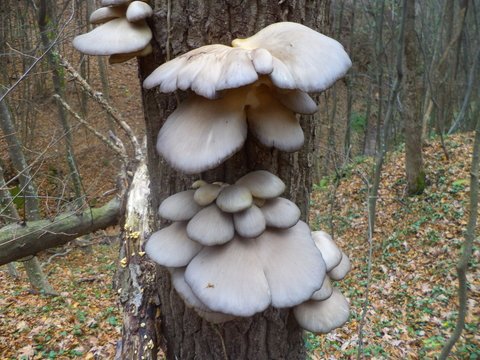When deer season is long gone and thin ice renders much of America’s waters unable to be fished, outdoors enthusiasts in the know turn to other pursuits to get their nature kicks. While the mid-spring mushroom bloom is still more than a month away, there are a few hardy species that brave the cold and rear their fungal heads at the first sign of thaw.…








